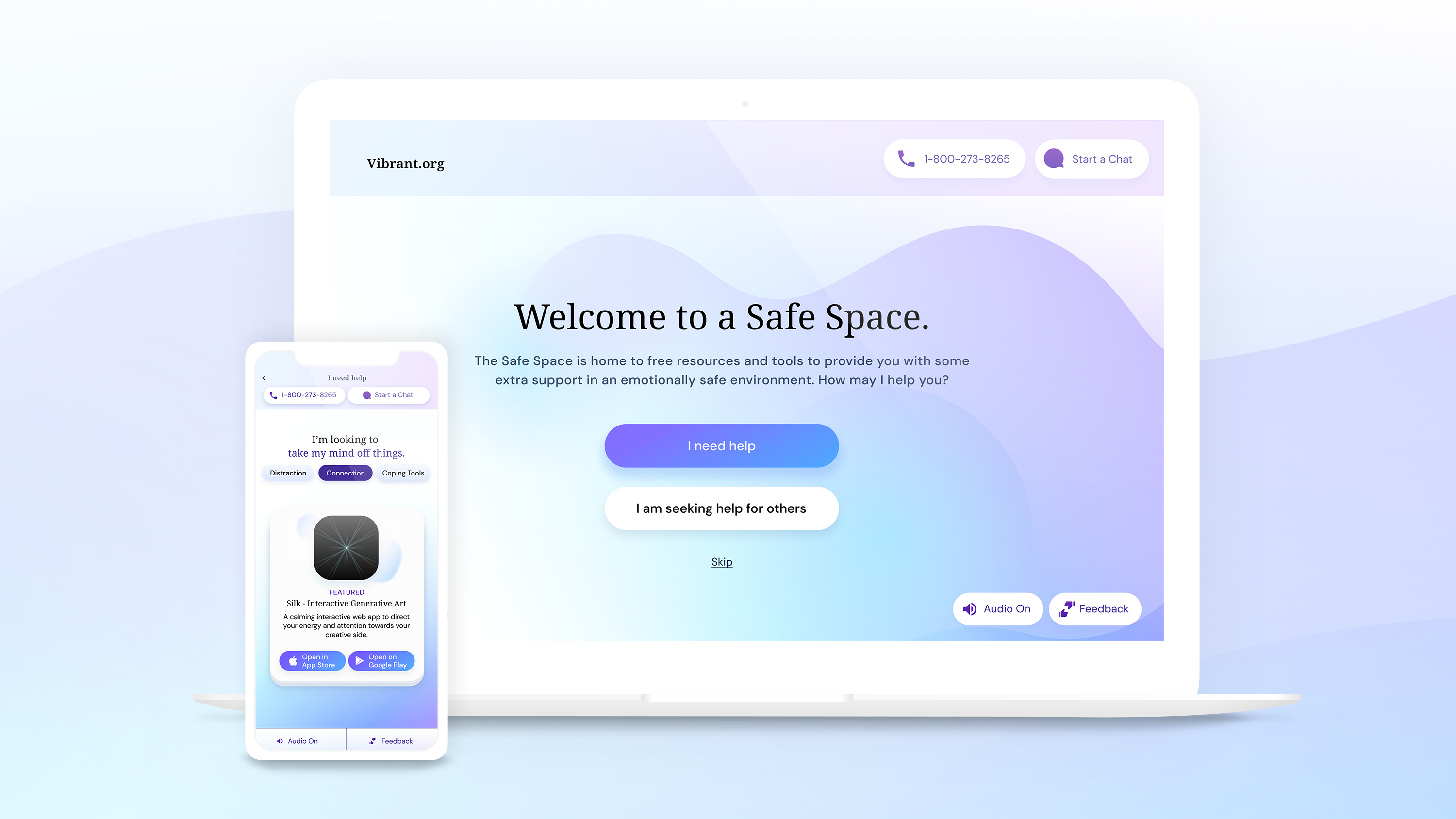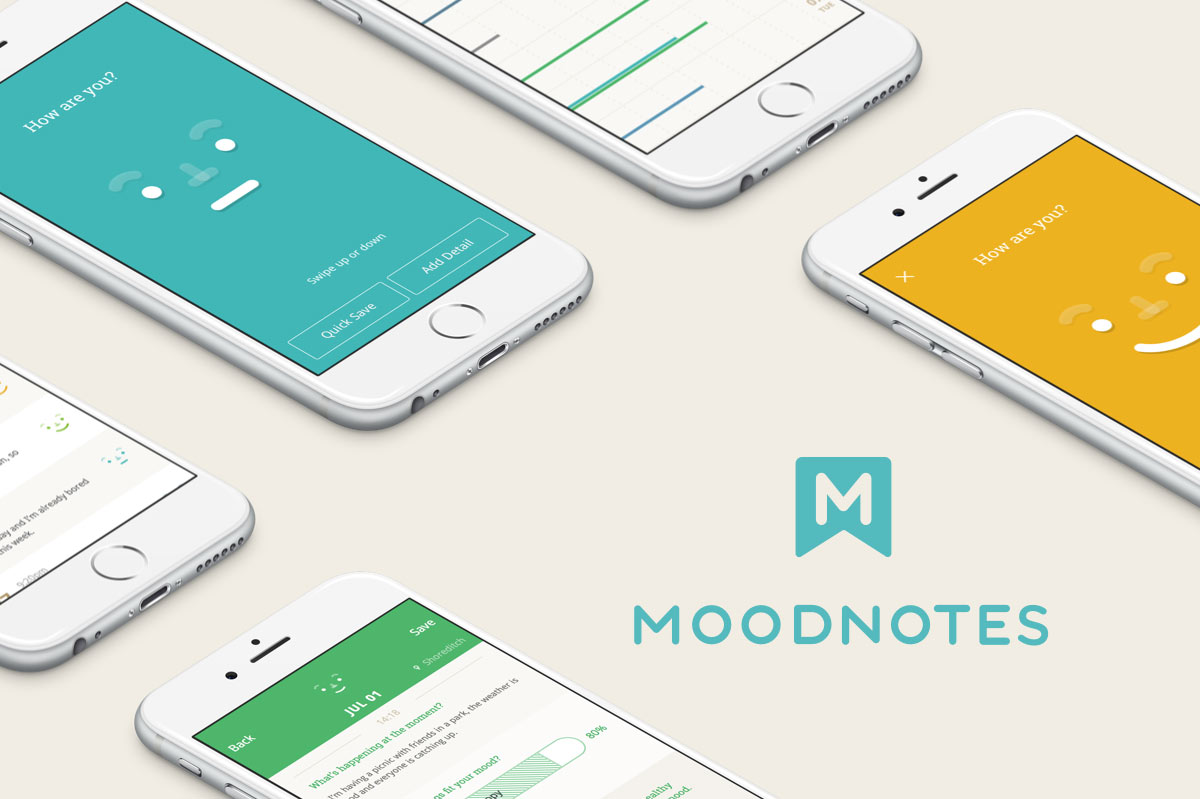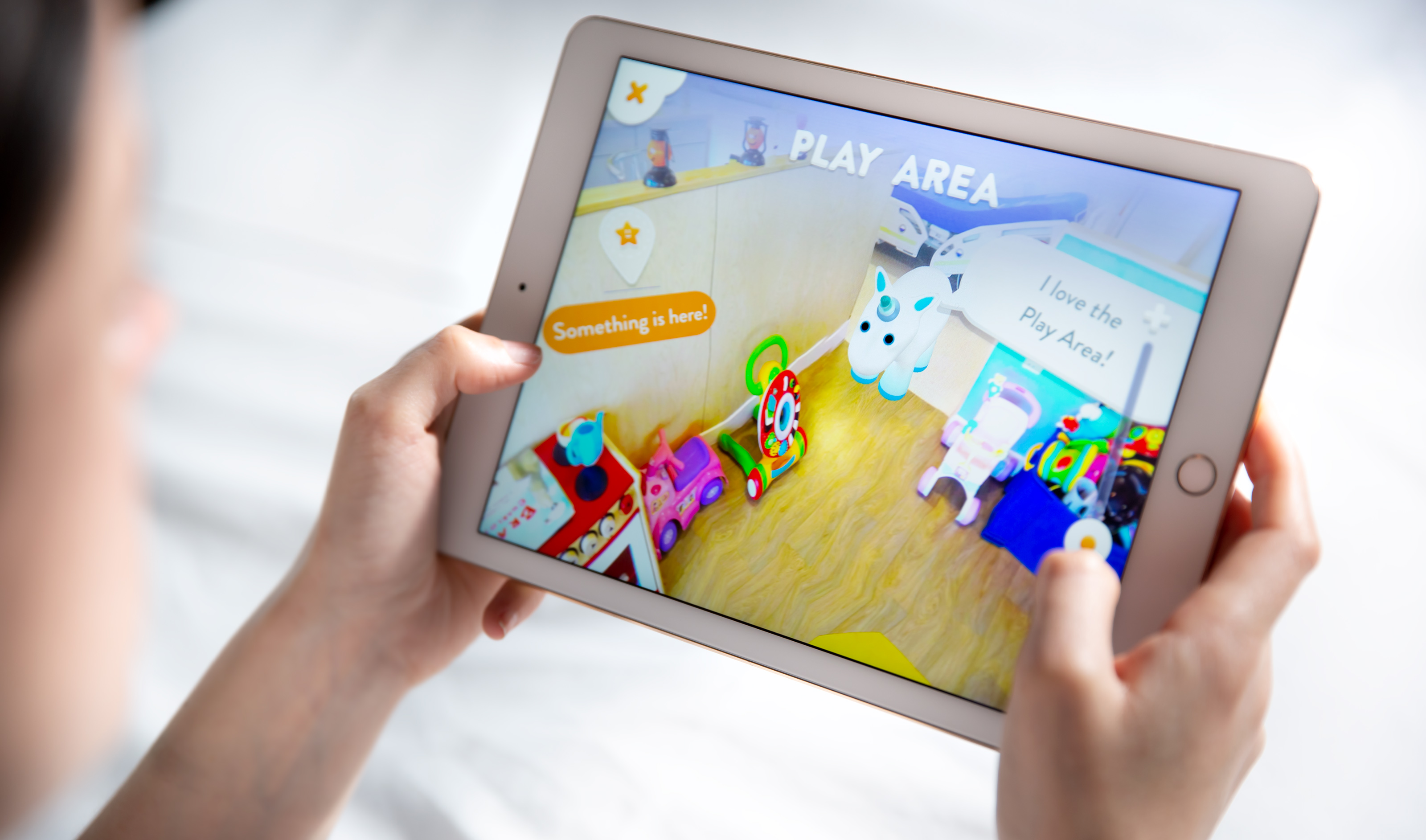It is no secret that people are increasingly turning to digital tools to help them manage their health concerns. In 2020 alone, more than 90,000 new digital health applications were added to app stores.
But downloading an app is the first step, not the solution. When it comes to health, there’s no “it just works” moment. And that first step, as well as the journey that follows it, can be emotionally fraught.
For designers, this means building products that acknowledge and manage negative emotions while promoting positivity and perseverance. And to do this well, an approach is needed that treats this imperative as a first principle.
Our approach has been to develop a design ethos called Play Thinking which harnesses the fundamental ideas underpinning games and other playful experiences to ensure we design for “joy to be had” as well as “jobs to be done”. And we are not alone when it comes to advocating this approach.
From Headspace’s leaderless leaderboard, which promotes peer-to-peer encouragement to start and stick with meditation courses, to Sidekick Health’s habit-forming daily missions, the principles of Play Thinking are growing in popularity across the digital health landscape.
Here, we share three key lessons we’ve learned about the potential for play to help create more engaging, emotionally supportive experiences in the digital health space, drawing upon our experience putting Play Thinking into action with healthcare organizations, non-profits, and startups.
1. Play can motivate people to persevere in pursuit of better health outcomes
From the tenacity of the athlete to the dogged persistence of the gamer grinding through a difficult level, the capacity of play to inspire perseverance is not merely an enduring cultural image but an established scientific phenomenon.
The underlying mechanism here hinges on the concept of agency. Cultivating a user’s sense of agency, and nurturing its growth into feelings of confidence and mastery, is integral to the motivational power of Play Thinking.
But why does agency matter in the health space? Why not just herd users down optimal engagement paths, as digital health experiences typically do?
The answer is simple, yet far-reaching in its implications for design: a person’s belief in their ability to manage their health is exceptionally highly correlated with their adherence to treatment plans and overall self-care. What’s more, this perseverance and attentiveness is proven to translate to better clinical outcomes.
This is demonstrated by Safe Space, an interactive site for people experiencing mental health crises that we developed with Vibrant Emotional Health, a mental health non-profit that oversees the National Suicide Prevention Lifeline (988).

First, it encourages visitors to engage in a simple, single-sentence reflection on their needs. It then immediately meets those needs by surfacing appropriate tools and resources in response.
In this way, Safe Space reaffirms users’ agency in a way that dignifies and - hopefully - uplifts them.
2. Play can make digital health experiences more personalized by helping solve difficult data challenges
Personalization is fueled by user data. The richer and more accurate that data, the more value personalization can provide.
The “square one” challenge, then, is gathering the data itself. This is especially true when it comes to user-reported data. From issues with quantity and consistency to quality and accuracy, user-reported data is a huge problem for effective personalization.
The role of play here is to address the desperately under-acknowledged need to rethink data entry from the perspective of the user’s emotional state.
A little digging reveals that several major causes of inaccurate user-reported data are intrinsically emotional, from embarrassment at less-than-ideal behaviors to a desire to avoid feeling judged or lectured.
The solution, then, is to cultivate an emotionally supportive, judgment-free environment that inspires comfort and trust.
This is demonstrated by the uniquely human approach to data entry of Moodnotes, a cognitive behavioral therapy-based journaling app we developed in partnership with a team of mental health professionals.

The app asks users to gently swipe up or down on a friendly animated face to record their emotional state, rather than quantifying their mood on a sterile 1 to 10 scale. Other features are similarly suffused with warmth and sensitivity, while still generating valuable data for clinical applications.
Moodnotes’ retention numbers speak for themselves: the app enjoys a retention rate of 10%, approximately double that of its competition.
3. Play can alleviate feelings of loneliness and social isolation
COVID-19 worsened a global epidemic of loneliness and social isolation. What’s more, these feelings have been linked to a host of physical and mental conditions in adults and children alike, including cognitive, immunological and cardiovascular issues.
So what does all this mean for designers in the digital health space? Ultimately, it means that wherever an opportunity exists to alleviate feelings of isolation and loneliness, that opportunity is well worth taking.
In this context, play becomes not only advisable but essential thanks to its acknowledged benefits to human health and well-being from childhood to adulthood - and even in the context of serious mental illness.
As demonstrated by the largely ill-fated gamification wave of the early 2000s, the answer does not lie in transplanting surface-level game mechanics into product experiences, however. Badges and scoreboards are not meaningful answers to feelings of isolation.
Instead, we must look deeper - to the underlying emotional drivers that give play its power to overcome loneliness: the feeling of voluntary togetherness, the perception of shared purpose, and, crucially, the implicit sense that one is worthy of care and companionship.
Alder Play, an AR-enabled companion app for kids we developed in partnership with Alder Hey Children’s Hospital is a case in point.

Young patients using the app choose their “buddy”, a virtual avatar, who guides them through their hospital stay.
This buddy helps them understand what to expect, playfully distracts them at challenging moments, and celebrates their bravery as they navigate the unfamiliar and often isolating experience of receiving medical treatment away from home.
Conclusion
With its ability to provide motivation, power personalization, and combat isolation, play offers a wealth of potential in the digital health space. We hope that this article inspires others to explore the possibilities, paving the way for new digital health experiences that deliver much-needed emotional value as well as important functional benefits.
